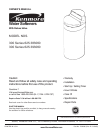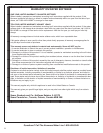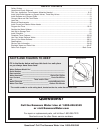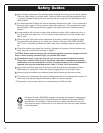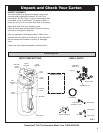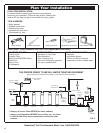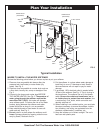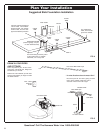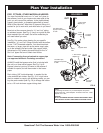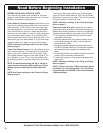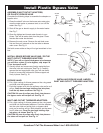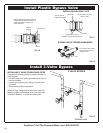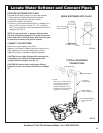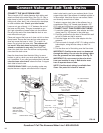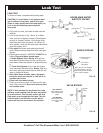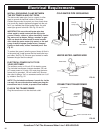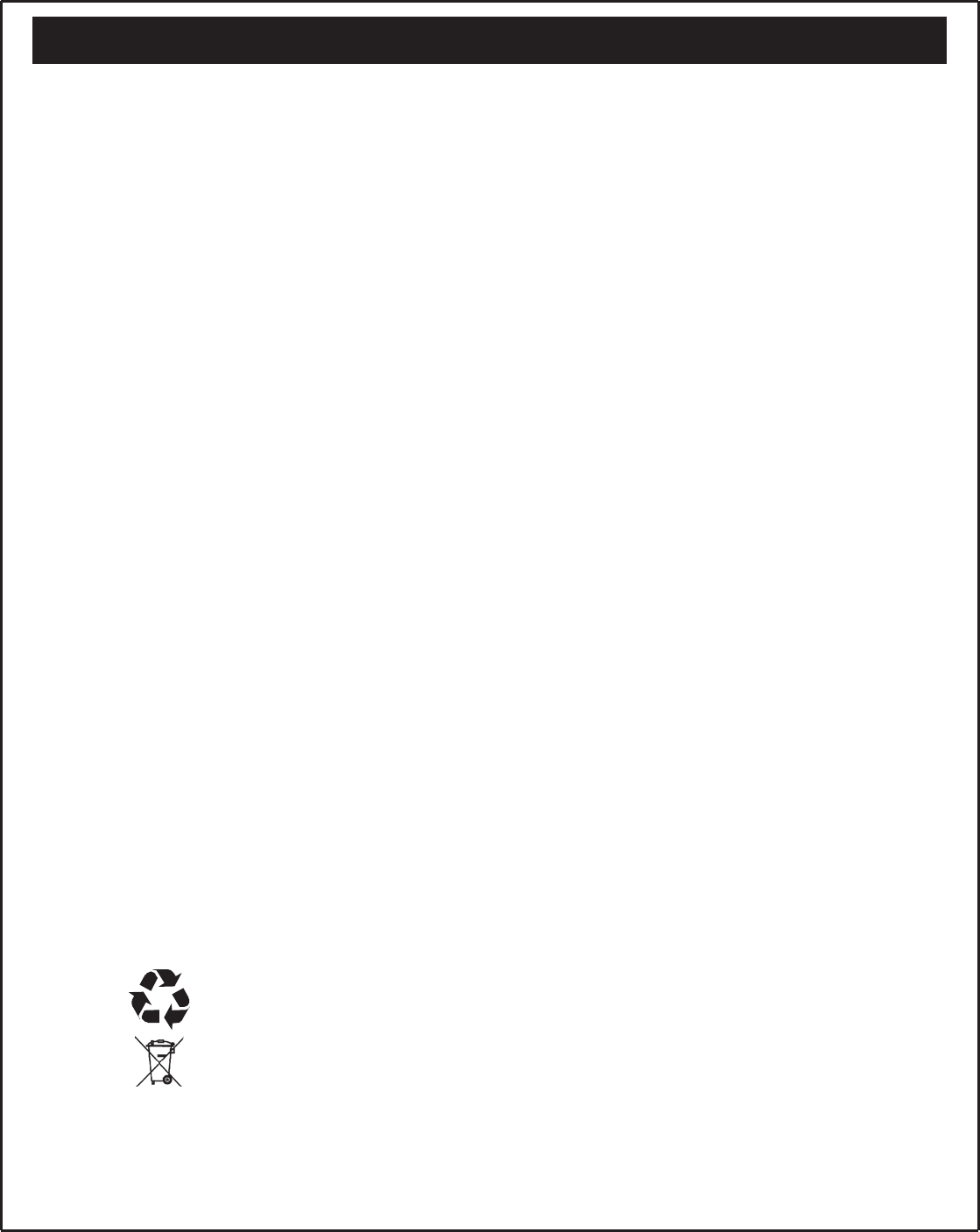
Safety Guides
4
Y Read all steps, guides and rules carefully before installing and using your new water softener.
Follow all steps exactly to correctly install. Failure to follow them could cause personal injury
or property damage. Reading this book will also help you to get all of the benefits from your
water softener.
Y Your Kenmore Water Softener will remove hardness minerals from water. This is measured in
grains per gallon (gpg). It will also remove some clear water iron*. This is measured in parts
per million(ppm). See the specifications page for the maximum limits of hardness and iron
removal.
Y A water softener will not improve other water problems such as acidity, tastes and odors, or
iron other than clear water iron. lt will not purify contaminated water, or make unsafe water
safe to drink.
Y Check with your local public works department for plumbing, electric and sanitation codes.
You must follow their guides as you install your softener. Use only LEAD FREE SOLDER
AND FLUX, as required by federal and state codes, when installing soldered copper plumb-
ing.
Y Protect the softener and piping from freezing. Damage from freezing voids the softener war-
ranty. See how to protect from freezing on page 31.
CAUTION: Please read and comply with the following guides to prevent damage to the sof-
tener or other property, personal injury, or possible fatal shock.
Y This softener works on 24 volts only. Be sure to use only the transformer included.
Plug it into a nominal 120V, 60 cycle household outlet that is grounded and properly
protected by an overcurrent device such as a circuite breaker or fuse. If transformer is
replaced, use only the authorized service Class II, 24 volt, 10 VA transformer.
Y Unplug the transformer right away if the power cable should become damaged or frayed.
Make repairs, or replace the transformer, before plugging back into the power outlet.
Y Always unplug the softener from electrical power before removing outer valve covers.
Y This system is not intended to be used for treating water that is microbiologically unsafe or of
unknown quality without adequate disinfection before or after the system.
* The capacity to reduce clear water iron is substantiated by WQA test data.
European Directive 2002/96/EC requires all electrical and electronic equipment to
be disposed of according to Waste Electrical and Electronic Equipment (WEEE)
requirements. This directive or similar laws are in place nationally and can vary
from region to region. Please refer to your state and local laws for proper disposal
of this equipment.



